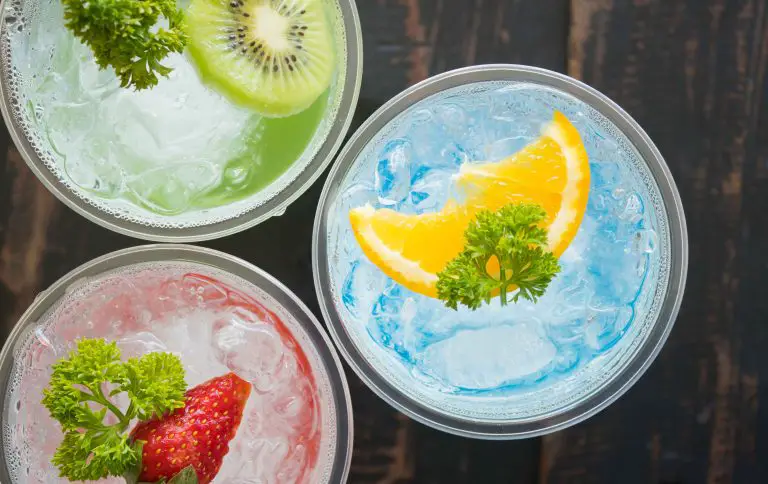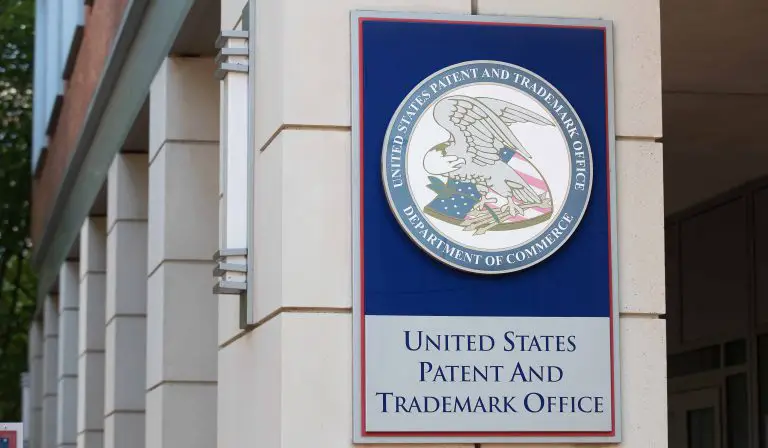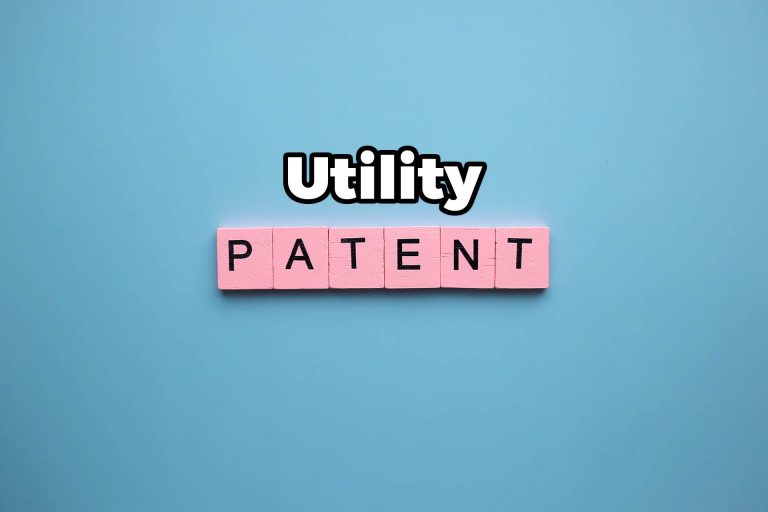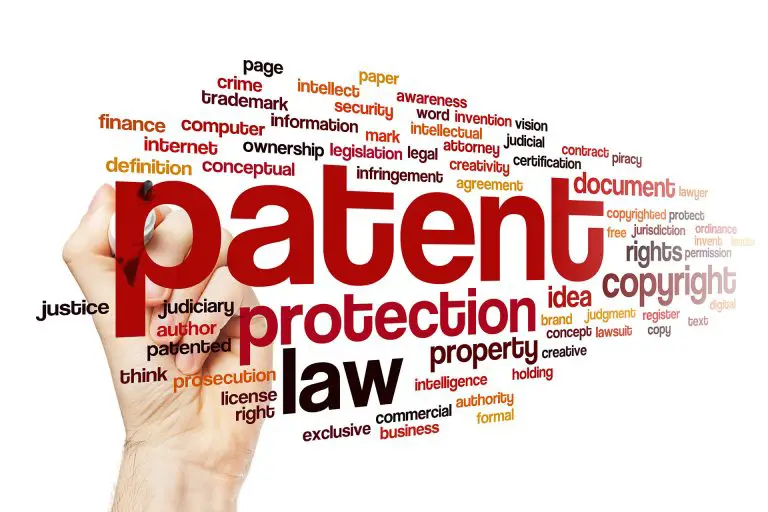How to License a Patent For Royalties?
If you’ve got a product or invention that you spent a long time working on perfecting, you might be wondering how to monetize your hard work. Some inventors choose to manufacture the product and sell it on their own, others choose to sell the patent outright, and some choose to license a patent in exchange for royalties. We do believe that licensing a patent for royalties is the best thing an inventor can do if he does not have the time and resources to bring his invention to market. So, how exactly do you license a patent for royalties? We will cover this below.
How to License a Patent For Royalties?
A holder of a patent can license his patent in exchange for royalties by executing a licensing agreement between himself and the third party for an agreed-upon royalty. The agreement would allow a third party to use or sell the patented invention for a limited period of time. Many inventors choose to license their patent in exchange for a royalty fee because it allows them to keep ownership over the patented invention while still being able to profit from the hard work it took to develop and patent the invention.
So, why do patent holders choose to license a patent in exchange for royalties? Sometimes inventors just don’t have the resource to manufacture and sell the patented invention, one of the ways an inventor can recoup the investment it took to develop and patent the invention is by licensing it to a third party.
In our opinion, licensing a patent is a better option than selling a patent outright because, with a patent license, an inventor is giving up some rights to his invention, but not all of them. Depending on the licensing agreement, the patent holder may make more money by licensing the patented invention to several parties.
There are two main licenses that a patent holder should focus on when considering to license his patent to a third party. These are exclusive licenses and non-exclusive licenses. With an exclusive license, a patent holder agrees to allow a third party to exclusively use, make, and sell the patented invention for a limited period of time.
During the license term, the licensor is not allowed to license the patented invention to anyone else and only the licensee can make use of and sell the patented invention. Some inventors view this license as very restrictive and so many inventors choose to go with a non-exclusive license. So, what’s a non-exclusive license?
A non-exclusive license allows a patent holder to license his invention to several third-party licensees while retaining the right to use, make, and sell the patented invention. That said, license agreements can be drafted in many different ways. For example, if a patent holder wants, he can execute a license agreement that has features of both an exclusive license, as well as a non-exclusive license. Sometimes patent holders agree to only license the invention to a limited number of people. Such a license has features of both an exclusive license and a non-exclusive license. To determine the scope of a patent license, one must look to the licensing agreement executed by both parties.
How Much Does it Cost to License a Patent?
A majority of the cost an inventor will incur to license a patent is developing the invention, testing the invention, and patenting it in the United States, as well as other countries the patent holder wants to be protected in. An inventor may incur additional costs when hiring an attorney to negotiate a nondisclosure agreement (NDA) to talk about the invention with a potential licensee. If things go well at the initial meeting, the licensor may have to incur more legal fees to have an attorney draft the licensing agreement.
What is the Difference Between a Patent a License?
A patent is an intellectual property ownership right that is granted to an inventor by the patent office. A patent allows an inventor to stop others from using, making, and selling the patented invention for a limited period of time. 15 years for design patents and 20 years for utility patents.
Licenses, on the other hand, are agreements between a patent holder and a third party where the patent holder transfers some rights under the patent to a third party. Such rights include the limited right to use, make, and sell the patented invention for a limited period of time in exchange for an agreed-upon fee. Licenses are different from outright assignments, which transfer ownership rights to a third party. Licenses only transfer some limited rights. Usually, the scope of rights is set forth by the licensing agreement that’s executed by the parties.
Can You License a Patent While It’s Pending At the USPTO?
This is a somewhat tricky question because while a patent is pending at the patent office, an applicant doesn’t have a patent to license. An inventor gets patent rights at the time the patent office grants a patent application and issues a patent. Before that, there is no patent to license. That said, if you have a patent application that is pending at the patent office, you can approach companies about possibly licensing your technology or invention once the patent office grants your patent application.
That said, some inventors file a provisional patent application and use the 12 month grace period for filing a (regular) nonprovisional patent application to pitch the patent-pending product to companies that may be interested in the invention or product. Some companies may jump on the patent-pending invention and license the rights an applicant has under a provisional patent application.
Having a provisional patent application gives the licensee (person who wants to use, make, or sell the invention) some peace of mind since he will know the scope of what he’s obtaining under the licensing agreement. A provisional patent application helps stop others from simply copying the invention because they will know that if the patent office does indeed grant the patent-pending a product, they may liable for damages for infringing upon the patent.
What are the Three Different Types of Patents That Can Be Licensed?
The USPTO (The United States Patent and Trademark Office) offers three different types of patents that can be licensed to others. These patents include utility patents, design patents, and plant patents.
Utility patents protect how an invention works or the functional aspects of an invention. A utility patent allows inventors to stop others from using, making, and selling the patented invention for 20 years from the date an applicant files his utility patent application. A utility patent holder can license the right to use and make his invention to third parties. Utility patent holders usually do this in exchange for an agreed-upon royalty fee.
Design patents protect how an invention looks or its appearance or aesthetics. A design patent allows patent holders to stop others from using, making, and selling the patented invention for 15 years from the date the patent office grants a patent application. A design patent holder can license the design to third parties in exchange for an agreed-upon royalty or licensing fee. The same goes for plant patents, which are used to protect new plant species.
What Rights Does a Patent Holder Have?
A patent holder in the United States has the right to stop others from using, making, selling, and importing the patent invention to the United States. If a party infringes upon a patent holder’s patent by using, copying, or selling the patent invention, the patent holder can sue the party in federal court for patenting infringement. If the patent holder succeeds in his lawsuit, he can get a court order, ordering that the infringing party immediately stop its infringing activities.
Licensing a Patent For Royalties
By now, it should be clear that a patent holder can license his patent to a third party in exchange for royalties. A patent holder can do this by executing an agreement that lays out the scope of the rights the patent holder is granting to the licensee. The licensing agreement sets out the parties’ responsibilities, as well as the royalties to be paid to the licensor.
There are two main types of licensing agreements, exclusive license agreements and non-exclusive license agreement. These agreements typically allow a third party to make use of the patent invention and sell it in exchange for paying the licensor and agreed upon fee or royalty. If you have any general questions or comments, please feel free to leave them in the comments section below.








